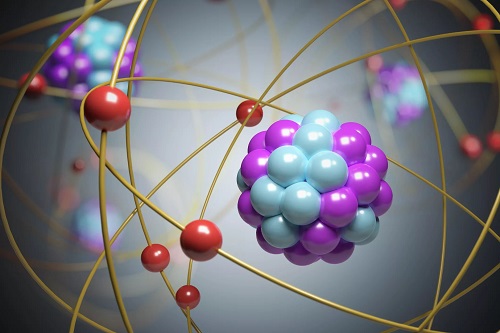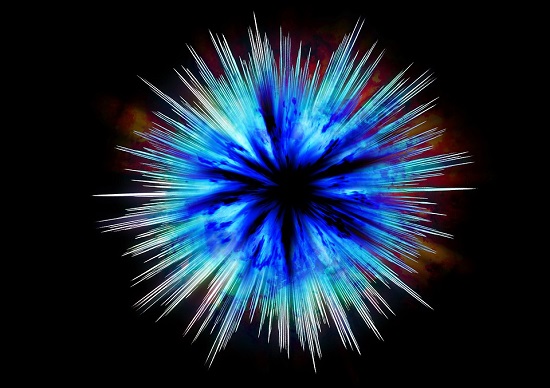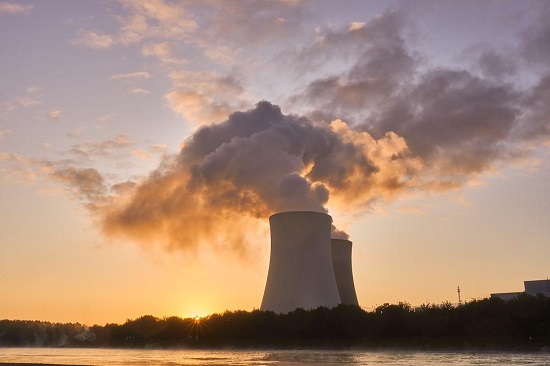创新背景
核废料处理是全球共同的难题,它所具有的对人体、自然和环境有害的放射性延续时间极长,其半衰期长达数千年、数万年甚至几十万年。核废料的放射性处理极为困难,不能用一般的物理、化学和生物方法消除,只能自然等待放射性核素自身的衰变而减少。
创新过程
世界范围内最常用的核废料处理方法是永久性地下封存,但在放射性衰退期间的同时封存材料也在经受腐蚀,考古出土的文物经历千年而不腐,为核废料封存材料带来了新的启示。中国科学技术大学龚德才教授从青铜文物表面覆盖的黑漆上得到灵感,提出一个想法:是否能研究分辨出黑漆形成的所需物质,人工合成类黑漆的材料在已有的核废料封存材料上再添一层。这种黑漆是在文物深埋地下千年的时光中自然形成的,如果科学家能破译其组成成分并进行核废料处理相关实验,或许能对核废料封存处理创造新方法。

1913年,英国物理学家亨利-莫斯利发现粒子辐射可以产生电流,基于此,科学家想到,能否把核废料转化为电池循环使用?2016年,这个想法在布里斯托尔大学卡博特环境研究所的团队研究中得到开发,发明了一种放射性钻石电池。这项发明由核废料的β衰变提供动力。
当一个原子的原子核有过量的粒子,并释放一些粒子以获得更稳定的质子和中子的比例时,会产生一种被称为β辐射的电离辐射,其中涉及大量被称为β粒子的高速和高能电子或正电子。β粒子含有核能,可以通过半导体转化为电能。由此,核废料可以转化为电能进行循环利用,但其中的放射性元素是否真正消失无害于人体和环境,尚需进一步证明。
对于核废料的处理,最切实的莫过于让其放射性物质彻底消失或缩短寿命,在有限甚至短期内可以作为普通废料处理。

2018年诺贝尔物理学奖获得者在发表获奖感言时提到,激光的研究利用或许能所短核废料的寿命,令其在极端时间内失去放射性物质。他与斯特里克兰共同研究的啁啾脉冲放大的亚秒级脉冲速度非常快,能够照亮原本无法观察到的超快事件。如果能将其应用在原子核的结构改变中,或许能帮助缩短核废料的半衰期时间。

核废料的处理尚需不断探索,从封存技术、转化和缩短寿命方面,科学家们尚需进一步努力。
创新关键点
从已有物质和技术交叉思考,探索核废料的处理办法。
Treatment of nuclear waste by sequestration, conversion or shortened life
The most commonly used nuclear waste disposal method worldwide is permanent underground storage, but during the radioactive decline, the storage materials are also undergoing corrosion. revelation. Professor Gong Decai from the University of Science and Technology of China was inspired by the black lacquer covered on the surface of bronze cultural relics, and proposed an idea: whether it is possible to study and distinguish the required substances for the formation of black lacquer, artificially synthesized black lacquer-like materials in existing nuclear waste storage materials Add another layer on top. This kind of black paint is naturally formed when the cultural relics are buried for thousands of years. If scientists can decipher its composition and conduct experiments related to nuclear waste disposal, they may be able to create new methods for the storage and disposal of nuclear waste.
In 1913, British physicist Henry Mosley discovered that particle radiation can generate electric current. Based on this, scientists thought, can nuclear waste be converted into batteries for recycling? In 2016, the idea was developed during research by a team at the University of Bristol's Cabot Institute for the Environment, which created a radioactive diamond battery. The invention is powered by the beta decay of nuclear waste.
When an atom's nucleus has an excess of particles, and releases some to achieve a more stable ratio of protons and neutrons, a type of ionizing radiation called beta radiation is produced, which involves a large number of high-velocity particles called beta particles and high-energy electrons or positrons. Beta particles contain nuclear energy, which can be converted into electricity by semiconductors. As a result, nuclear waste can be converted into electricity for recycling, but whether the radioactive elements in it really disappear and harm the human body and the environment needs further proof.
For the disposal of nuclear waste, the most practical thing is to make its radioactive material disappear completely or shorten its life, which can be treated as ordinary waste in a limited or even short term.
The winner of the 2018 Nobel Prize in Physics mentioned in his acceptance speech that the research and utilization of lasers may shorten the life of nuclear waste, causing it to lose radioactive materials in an extreme time. The chirped pulses he studied with Strickland amplified subsecond pulses so fast that they could illuminate ultrafast events that would otherwise be unobservable. If it can be used to change the structure of atomic nuclei, it may help shorten the half-life time of nuclear waste.
The disposal of nuclear waste still needs continuous exploration, and scientists still need further efforts in terms of storage technology, transformation and shortening of life.
智能推荐
地理科学创新思维 | 利用冰动力学模拟冰川的冰流和演化
2022-09-05通过冰动力学模拟冰川的冰流和演化,开发模型预测冰川演变,量化不同冰川各自的变化情况。
涉及学科涉及领域研究方向
